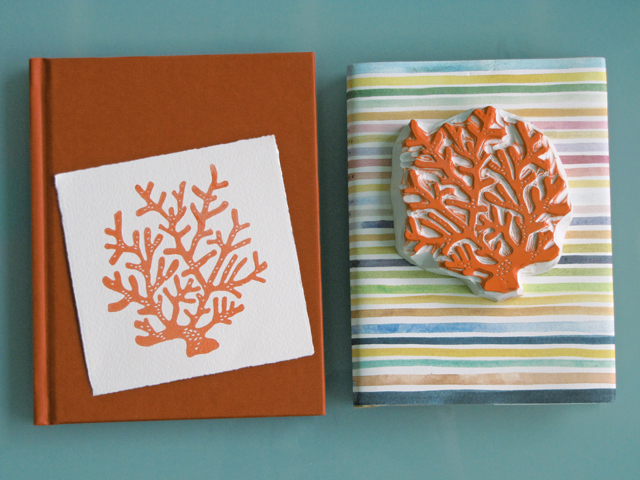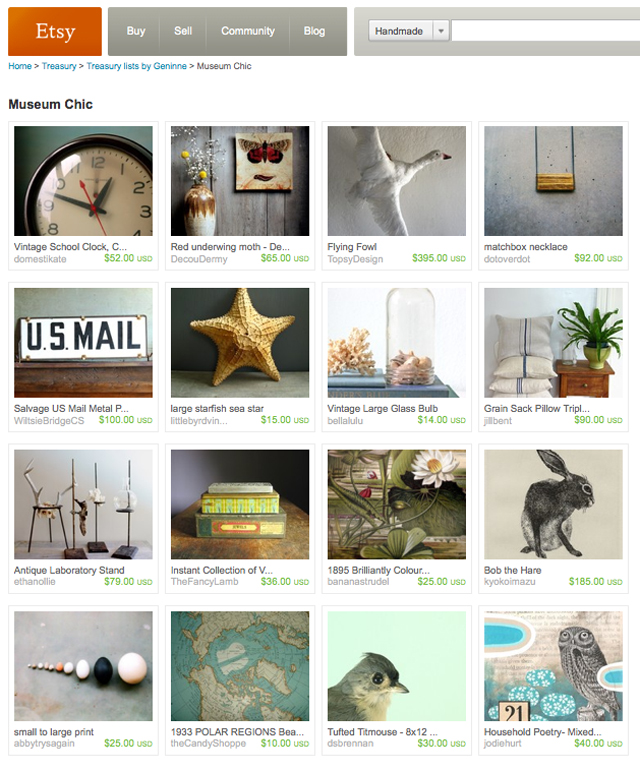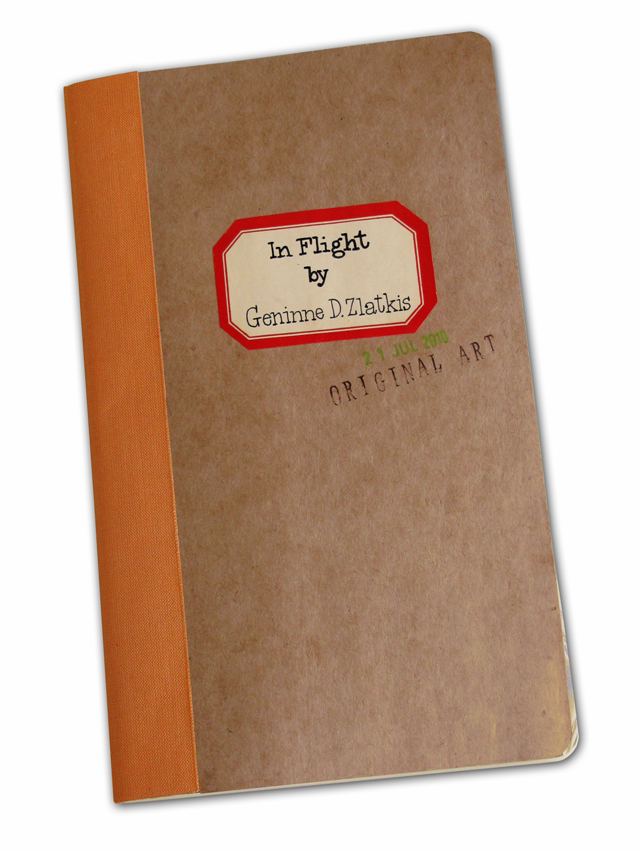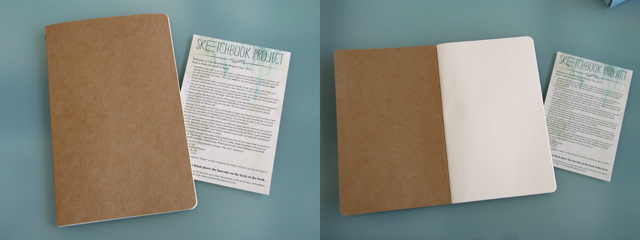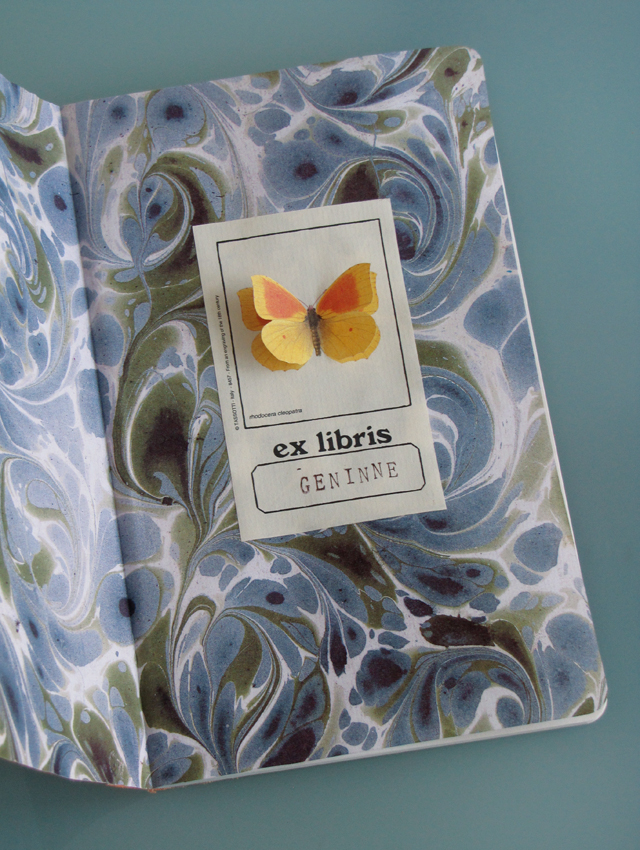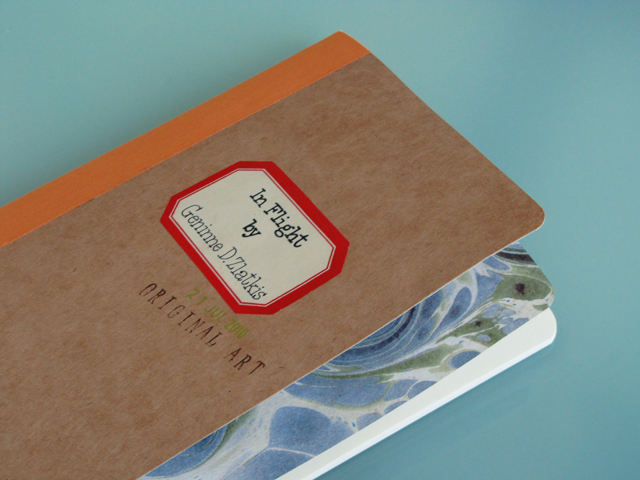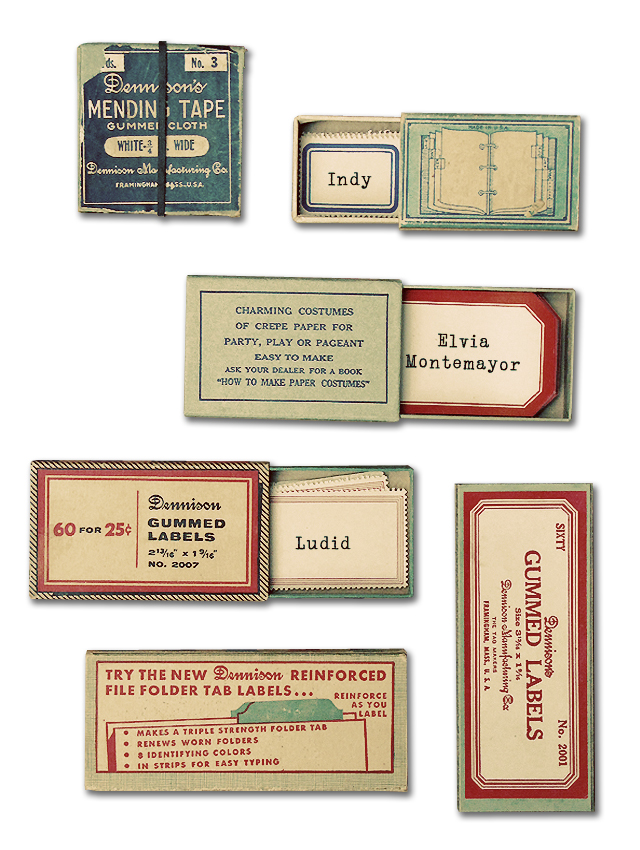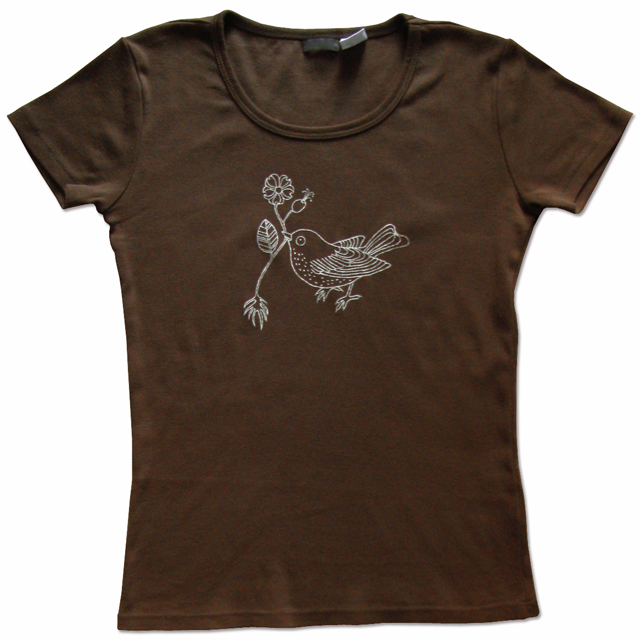someone you put in a closet with a drawing table, a lamp, a radio, art supplies and you slide paper under the door and he'll keep filling it up -- just so he can get new paper to draw more.There must have been a thousand artists at Comic-Con who fit that description. Some of them were still blinking as their eyes adjusted to being out in the light. At tables on "artist's alley," in booths and leaning up against fire hydrants, you saw them inking highly detailed backgrounds and individual strands of hair. They didn't seem to be weighing the costs and benefits of their actions, the way sensible people would. They drew unfazed by the economics or the logistics of what they were doing.
There must have been 423 of them specializing in slick, polished images of huge breasted barbarian women in leather and chain mail bodices. (Question: if there are only 360 degrees in a full circle, how is it possible that there are an infinite number of angles from which to draw barbarian women bending over?)
Most of these pictures were keyed to grab at your attention -- every muscle flexed to the max, every gun blazing, every body extended mid-leap. Walking down a corridor of such overwrought images was exhausting.
Most of these pictures were technically accomplished. The artists had clearly sacrificed huge chunks of their lives to acquire technical skills. Some of the art-- a very small percentage-- was even excellent.
I would not live my life the way these artists do, but from a safe distance I can admire their willful disregard for actuarial tables. I am reminded of Archy and Mehitabel's famous Lesson of the Moth, in which Archy asked the moths why they continued to bang their heads against an electric light bulb in an effort to fry themselves in the beautiful fire. He asks one, "have you no sense?"
plenty of it he answered
but at times we get tired
of using it
As Archy returned to his rational life, he remarked,
i wish
there was something i wanted
as badly as he wanted to fry himself






















